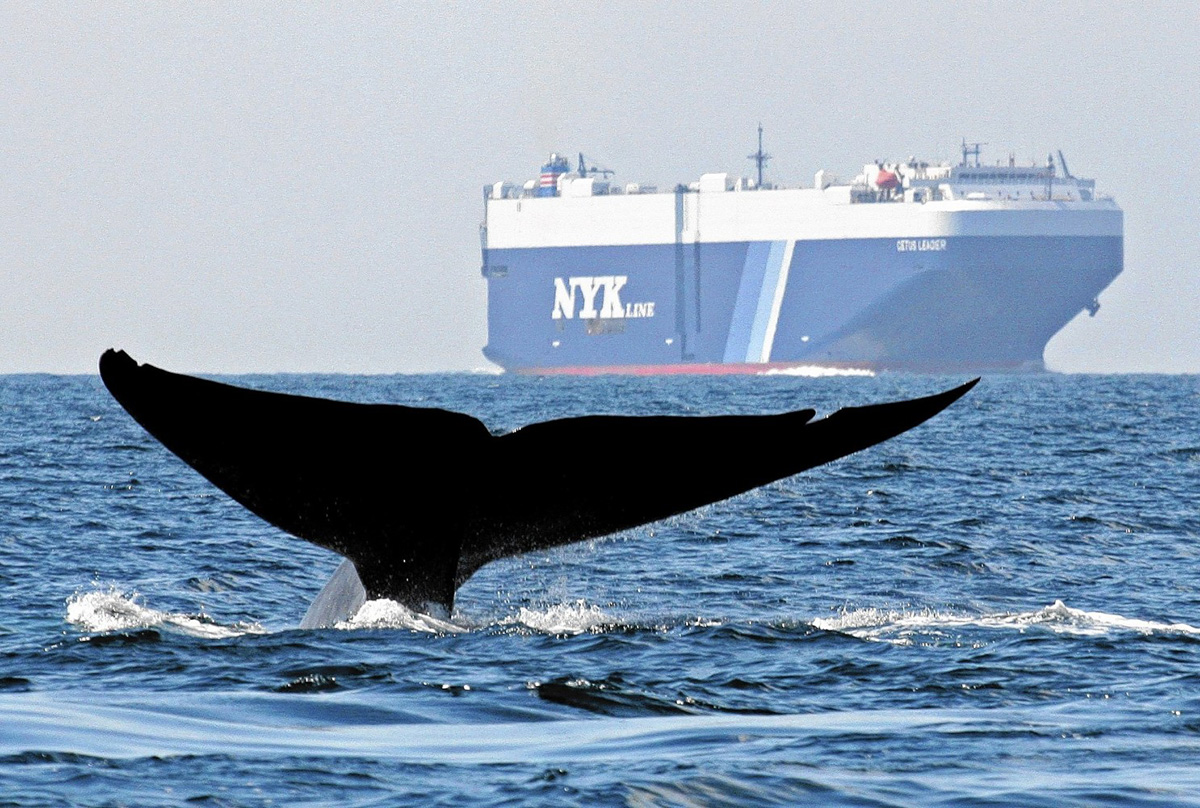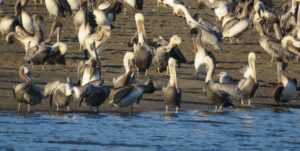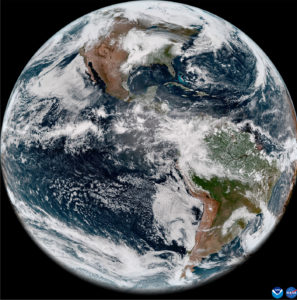
After a foggy few weeks at the Farallon Islands, 25 miles west of San Francisco, Saturday turned clear. The five biologists who have been living and working on Southeast Farallon Island since March 30 walked the rickety path up to the island’s lighthouse, at 330 feet the highest spot in a vast expanse of ocean. A blue whale spouted, seabird biologist Mike Johns says, and then another. “Then suddenly the whole ocean was blows from blue whales,” he said by phone from the islands on Tuesday. “Everywhere you looked was a blue whale.”
The biologists counted 47 blue whales in an hour, the most they’ve ever seen and a “possible record,” according to a press release from NOAA Greater Farallones National Marine Sanctuary Media and Outreach Specialist Mary Jane Schramm. Johns said there are also humpbacks visiting the islands, and a handful of gray whales.
“We were amazed,” he said.
The whales have come to the islands to feed on krill in what appears to be a highly productive year offshore. Ocean upwelling, driven by especially strong winds in February, brought ample cold, nutrient-rich water up to the surface early in the spring. Colder and stronger upwelling tends to mean more and bigger plankton, and so healthier predators all the way up the food chain. The biologists have seen the ripple effects in the seabirds they study: Cassin’s auklets, which Johns said are a “bellwether” species for the health of the island, also have feasted on abundant krill. The auklets bred early, and now are initiating a second breeding season, Johns said, a sign that it’s been a good year.
“Conditions out there seem favorable,” said Marisol Garcia-Reyes, who researches ocean upwelling at the Farallon Institute, in an email. “It is likely that the initial strong upwelling event pre-conditioned the ecosystem for a productive year.”

Blue whales, the largest animals ever to live, feed along the California coast in the spring and summer as they migrate north from their breeding grounds off the coast of Mexico and Central America. The whales are listed as endangered, though estimates generally put the population that lives off the North American West Coast at 97 percent of its pre-whaling levels. The whales are threatened by entanglements with fishing gear and by collisions with boats.
In a statement, GFNMS Superintendent Maria Brown asked ship operators to watch for whales, keep a maximum possible distance, and slow down. “Their enormous size dictates that they maximize feeding effort when food is available, and this sometimes takes them into dangerous waters,” Brown wrote. “While focused on feeding, they are not likely to recognize or evade a ship’s approach.”

Each whale can eat up to six tons of krill per day, another sign of the incredible amount of krill blooming offshore this year. After warm sea surface temperatures and a low productivity year in 2019, Johns said biologists are pleased at the turnaround this spring. He and the other four biologists will remain on the island until August to monitor the nesting and fledging success of the seabirds, which Point Blue has done continuously since 1968. Johns, who first visited the Farallones as a Point Blue intern in 2012, is now in his sixth season on the islands.
“We’re just really happy to see this is a good year,” he said. “Last year was a big fail year for everything.”




